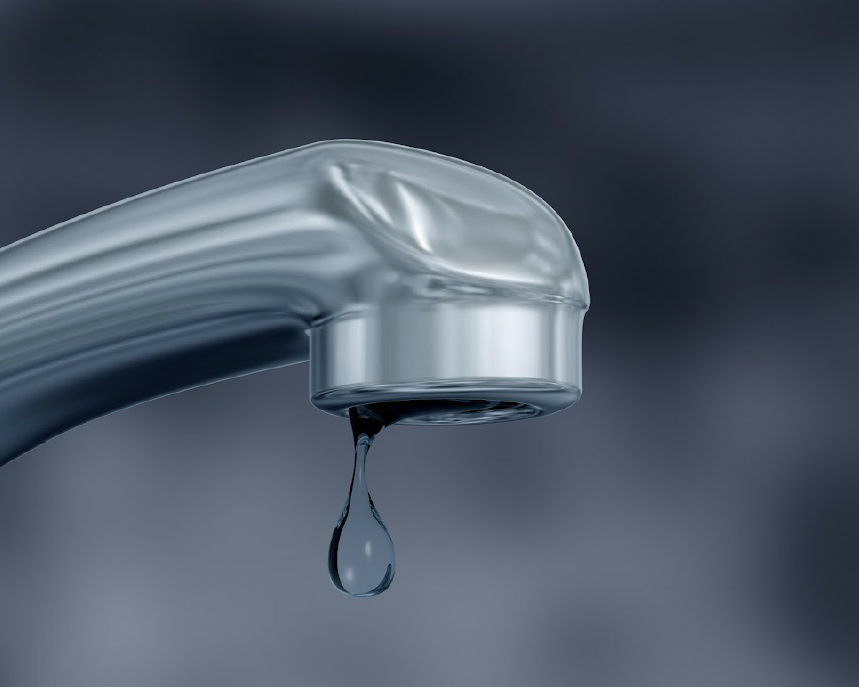This great article in the next paragraphs involving Leaking water lines is truly entertaining. You should check this stuff out.

Early discovery of leaking water lines can minimize a potential disaster. Some small water leaks may not be visible.
1. Check Out the Water Meter
Every residence has a water meter. Examining it is a proven way that aids you uncover leakages. For beginners, switch off all the water resources. Make sure no one will purge, make use of the faucet, shower, run the washing device or dish washer. From there, go to the meter as well as watch if it will change. Because no person is utilizing it, there need to be no movements. If it moves, that suggests a fast-moving leak. If you discover no changes, wait a hr or two and inspect back again. This suggests you may have a slow-moving leak that can even be below ground.
2. Inspect Water Consumption
If you identify abrupt adjustments, in spite of your intake being the very same, it means that you have leaks in your plumbing system. A sudden spike in your expense shows a fast-moving leakage.
On the other hand, a consistent rise every month, even with the same practices, shows you have a sluggish leakage that's additionally gradually intensifying. Call a plumber to extensively examine your residential or commercial property, particularly if you really feel a cozy location on your flooring with piping beneath.
3. Do a Food Coloring Test
When it comes to water consumption, 30% comes from commodes. If the shade somehow infiltrates your bowl throughout that time without flushing, there's a leak between the container as well as bowl.
4. Asses Outside Lines
Do not fail to remember to examine your outdoor water lines too. Should water permeate out of the connection, you have a loosened rubber gasket. One small leak can waste heaps of water and surge your water costs.
5. Evaluate the scenario as well as evaluate
Property owners must make it a practice to inspect under the sink counters and even inside closets for any bad odor or mold and mildew development. These 2 warnings show a leak so punctual attention is called for. Doing routine assessments, even bi-annually, can save you from a significant trouble.
Much more notably, if you recognize your home is currently old, maintain a watchful eye on your heaters, hose pipes, pipelines and so on. Check for stainings and also compromising as the majority of home appliances as well as pipelines have a life span. They will certainly additionally naturally wear away due to tear as well as put on. If you suspect leaking water lines in your plumbing system, do not wait for it to intensify. Call a specialist plumber today so you don't end up with an awful mess in your home.
Early detection of leaking water lines can minimize a potential disaster. Some small water leaks may not be visible. Checking it is a proven means that helps you discover leakages. One tiny leak can waste loads of water as well as surge your water expense.
If you think leaking water lines in your plumbing system, do not wait for it to intensify.
WARNING SIGNS OF WATER LEAKAGE BEHIND THE WALL
PERSISTENT MUSTY ODORS
As water slowly drips from a leaky pipe inside the wall, flooring and sheetrock stay damp and develop an odor similar to wet cardboard. It generates a musty smell that can help you find hidden leaks.
MOLD IN UNUSUAL AREAS
Mold usually grows in wet areas like kitchens, baths and laundry rooms. If you spot the stuff on walls or baseboards in other rooms of the house, it’s a good indicator of undetected water leaks.
STAINS THAT GROW
When mold thrives around a leaky pipe, it sometimes takes hold on the inside surface of the affected wall. A growing stain on otherwise clean sheetrock is often your sign of a hidden plumbing problem.
PEELING OR BUBBLING WALLPAPER / PAINT
This clue is easy to miss in rooms that don’t get much use. When you see wallpaper separating along seams or paint bubbling or flaking off the wall, blame sheetrock that stays wet because of an undetected leak.
BUCKLED CEILINGS AND STAINED FLOORS
If ceilings or floors in bathrooms, kitchens or laundry areas develop structural problems, don’t rule out constant damp inside the walls. Wet sheetrock can affect adjacent framing, flooring and ceilings.
https://www.servicemasterbyzaba.com/blog/how-to-detect-water-leakage-in-walls/

I was made aware of that report on Hacks to detect leaks through a friend on our other blog. Sharing is nice. Helping others is fun. Thanks so much for going through it.